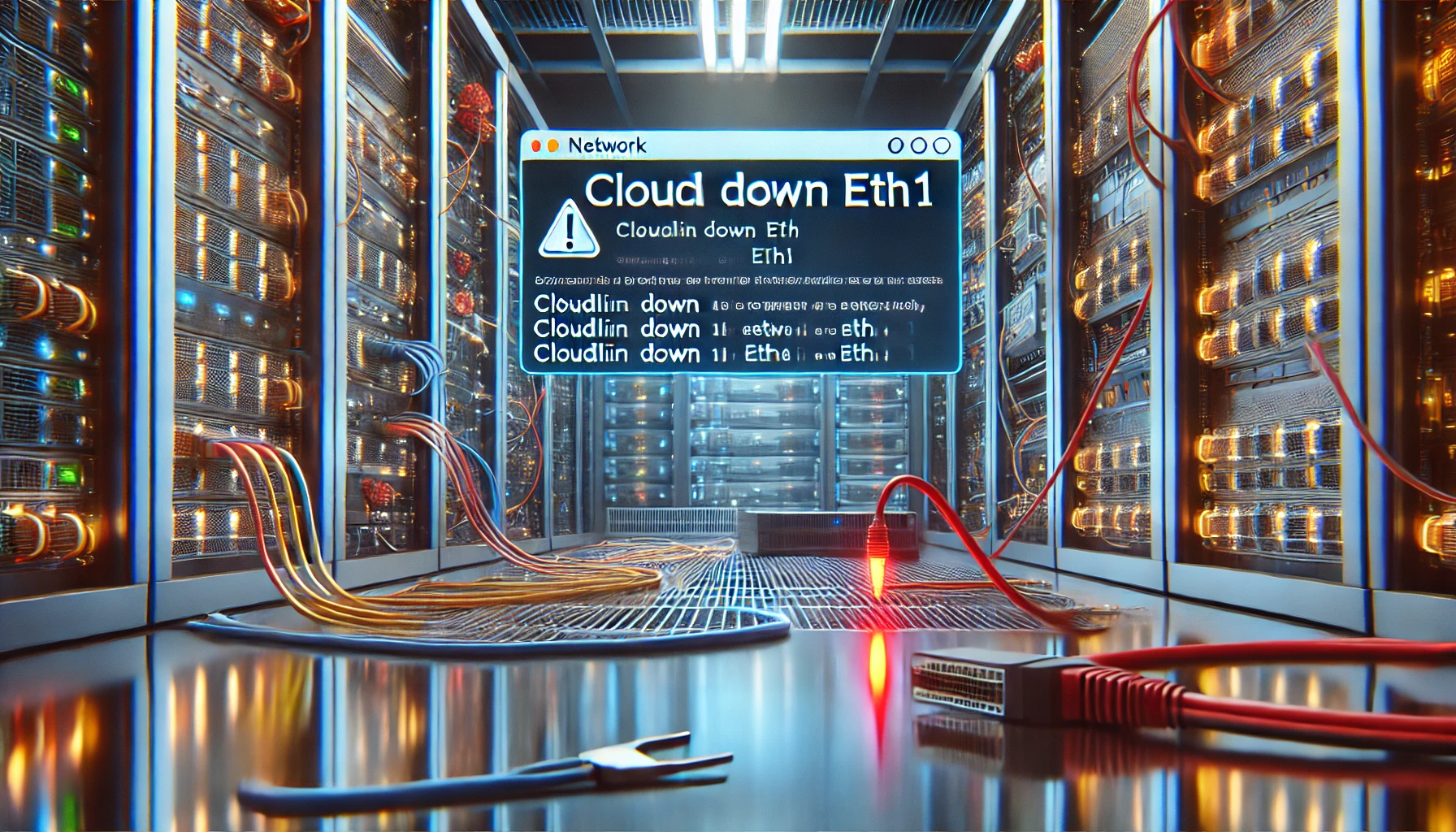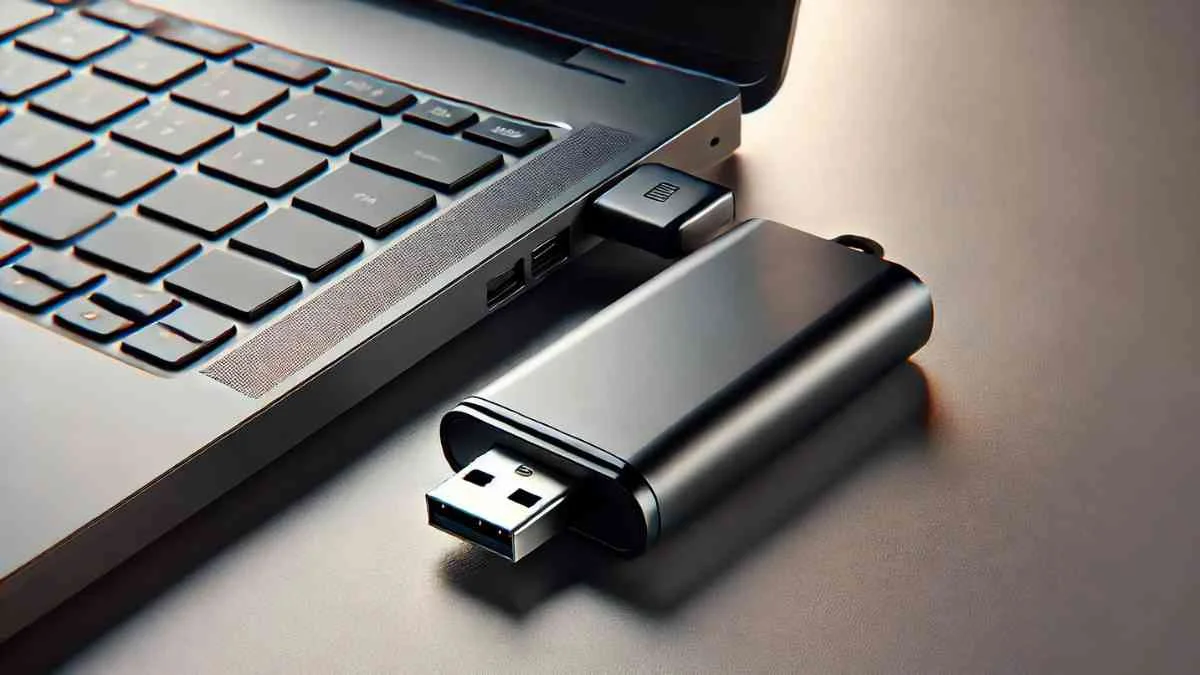Whenever working with network identification and diagnostics there is often a array of errors or problems that one may come across. One of the most frequent is the ‘cloudlin down eth1’ which is an incident network administrators may come across time and again. It usually relates to a condition of network interface, eth1 in a system or a server in the context of cloud environment or virtualization.
In this article, the author will explain the meaning and kinds of the “cloudlin down eth1” message and the actions which should be taken to fix the issue in question. With respect to such elements, we’ll also be touching on the network interfaces, for example eth1, why such aspects matter Consequently, a comprehension of such components contributes significantly to managing a well and optimally functioning network.
What is Cloudlin and eth1?
The name cloudlin down eth1 might be of the cloud service, a server or of service specialized in cloud computing or a virtual network environment. Sometimes it could mean an application specific network management solution or an error reporting system that finds out a network interface has failed. Broadly, cloud-based systems are contingent upon good network management so that there is communication within and between the physical systems and virtualized versions.
Eth1:
Eth1 is a term familiar to those working in networking as it refers to a second Ethernet NIC on a system. In most Unix like systems network interfaces are referred to as eth0 eth1 eth2 eth3 and so on.
eth0 is usually the primary interface for a system if the system has any ethernet interface at all.
eth1 is the second network interface and is also frequently employed to connect extra devices to or to utilize different kinds of traffic on the network.
In cloud situations or on virtual operating systems, eth1 can be connected to a second NIC or the second NIC used for HA, LB or additional advanced Net Configuration.
Possible reason of the “Cloudlin Down eth1” error
This is interpreted to mean that the network interface eth1 is down or disabled bearing in mind that when you see a cloudlin message then it is a message about that network interface being down or disabled. This might be due to numerous factors including hardware problems to do with odd configurations among many others. Let’s explore some common causes:
-
This might be due to failure of network cable or network hardware.
An easy to check but at times not easily considered reason behind the down network interfaces are physical hardware problems. If you are using physical servers or machines, also the bad cable can cause eth1 interface go down with the message ‘link down’. As with other kinds of failures such as a malfunctioning NIC card, this failure condition can also result to this error.
-
It would be wrong Network Configuration
An instance is eth1 where network interfaces depend on configuration files and network settings to run effectively. If there is a mistake, in the configuration the network interface fails to come up. It may be seen due to DNS requirements, IP routing, subnet masks, or other similar problems.
-
DHCP Issues
In some cases eth1 might be configured to use DHCP (Dynamic Host Configuration Protocol) for the purpose of getting ip address. At times, eth1 is marked as “down” because it could not get an IP address from the DHCP server or the server was misconfigured .
-
Software or Driver Problems
Yet, there appear to be the other possibility connected with the software or drivers which manage the network interface eth1 in question. Sometimes, it can cause instability in the interface such that the network interface drops due to the incompatibility or older version of the drivers.
-
Firewall or Security Settings
Quite often firewall rules, as well as configured security settings could prevent network traffic on eth1. On occasion, they misconfigure the policies to a point that the network interface may be disabled or actually isolated from the rest of the operating system.
Diagnosis of the Cloudlin “Down eth1” problem
After knowing all the possible causes of this “cloudlin down eth1” then comes the crucial part of resolving the problem. Here are some possible solutions to the problem worth trying out.
-
Feel the Wiring
When it comes to hardware devices, there is one place that you should always check via the terminal first and this is via the Ethernet cable that is connected to the eth1 port. Make certain that the cable is well connected to the server and the network switch/router firmly. It is also advisable to use other cable if you have another one in other to eliminate it from the problem.
-
Check Netcon Files
All settings of the network interfaces can be usually described in configuration files and Unix-like systems, such as Linux, are not an exception. In most distributions, these files are found under directories /etc/network/ or /etc/sysconfig/network-scripts/.
Here are some steps to check the configuration:
1.The following steps:
edit the file /etc/network/interfaces for Debian-based systems and open the network configuration file for the eth1.
2.The netmask, gateway
DNS settings correctly I have provided here.In the event that eth 1 has been configured to this option the DHCP client status must be confirmed to function as intended and that the DHCP server is reachable.
-
Restart the Network Service
Periodically, small network problems occur anticipating which restarting the network service will help bring eth1 back online. You can restart the network service using the following commands:
-
Determine the Status of eth1 by ifconfig Command or ip Command
This will show the current status of the network interface and will give details of whether it’s down or has assigned IP address.
-
Review System Logs
If none of the following steps does not work try and look at the system log if there is any message related to eth1. On Linux systems, the amount of information is volume See details; You can use the dmesg command or refer to the /var/log/syslog or /var/log/messages files.
This will display any messages related to kernel or system regarding the eth1 interface and could help in identifying reason for its down status.
-
Test DHCP Functionality
If eth1 depends on DHCP then check whether the system is able to get an IP address. You can manually request a new IP from the DHCP server using the dhclient command:
In the case that the system is not able to acquire the IP address, it will be appropriate to check whether the DHCP server running and reachable from the network.
-
Update Drivers and Kernel
If you feel that the problem may be too old or incompatible drivers, then look to update the network card drivers or the system kernel. Having the most up to date drivers can solve many network problems.
On a Debian-based system, you can update the drivers using:

-
working with Virtualized environment
If you are in the cloud, go to the console and look up the delivery of your virtual machine instance. Also, make sure eth1 is properly configured within the setting of the cloud.
For those cloud platforms that allow you to allocate virtual network interfaces specifically, such as AWS, Azure, or the Google Cloud, this can be done quite directly. Check that eth1 was bind to your instance and there was no problem with the networks.
Conclusion
Error “cloudlin down eth1” may indicate any kind of problems from mere hardware problems up to misconfigurations. Just being aware of certain key points such as eth1, its existence, its settings, and how they work in a cloud provider is vital for network administrator’s work because such problems keep network stable and running. Thus, with the solutions above in this post, you should be in good standing to overcome any eth1 issues and maintain your network strong.
In this blog post, I provide detailed information about the “cloudlin down eth1” concern and provide measures to fix it. Please let me know if you’d like more information or if you’d like to edit any of the sections.




